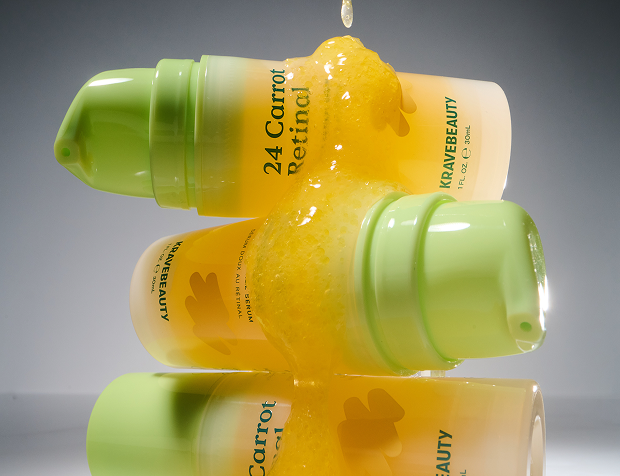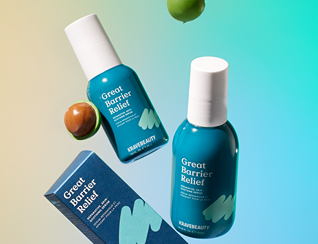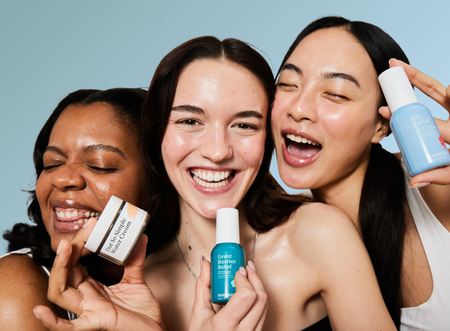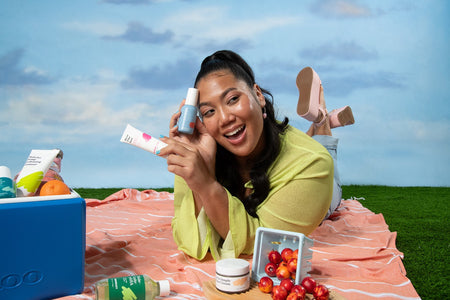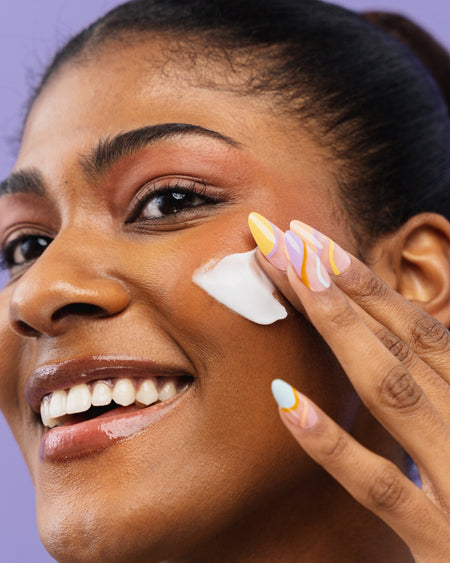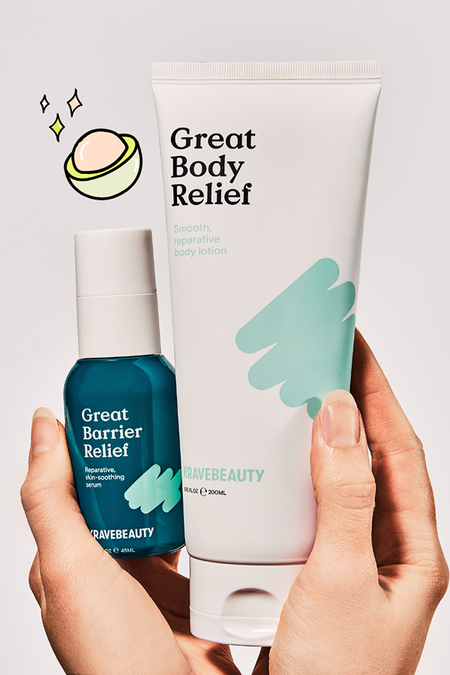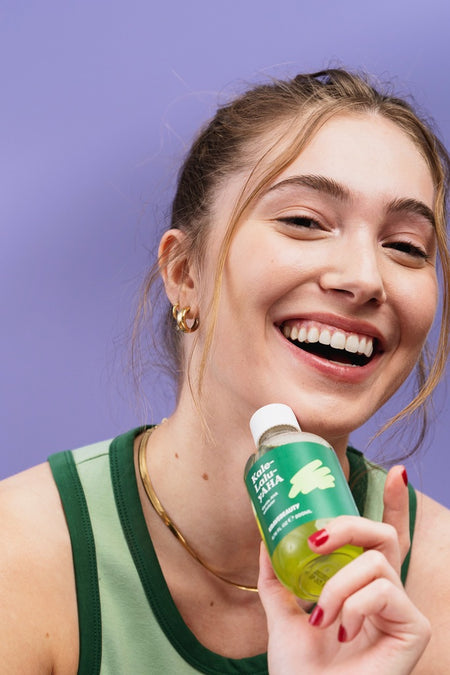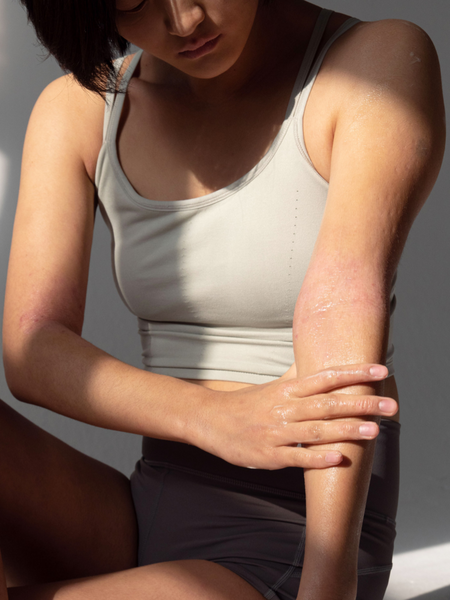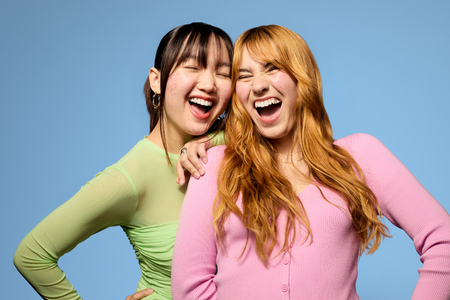Consumerism in the Beauty Industry (And How to Work Around It)

Hyper-Consumerism Tactics in the Beauty Industry
Hyper-consumerism has significantly fueled the growth of the beauty industry in the past few years. Brands and companies alike have perfected tactics convincing us to purchase, purchase, purchase. In this guide, we’ll look into some of these tactics and how we as consumers can work around them!
Toxic Beauty Standards
Beauty standards were not created by the beauty industry — However, they have benefited from it and exacerbated these standards. We’re constantly made to feel like we’re not good enough and to fix our appearance by the beauty industry and these toxic standards. We’re told that in some magical way these products will solve all our problems if we just buy them, so in order to keep up with the Kardashians we MUST focus on these standards…
Light & Fair Skin
The idolization of light and fair skin created a need for skin-lightening and whitening treatments and product craze, especially in Asia.
Anti-aging
The language and imagery used by beauty companies have historically removed fine lines and appealed to the most “youthful” appearances, even for mature women.
Pouty lips & Defined face
An emphasis on face and body contouring has become a trend where we’re told to change our appearance and alter our face shape even leading to cosmetic surgery.
Selling the idea of achieving “perfect skin”
As stated in a Slate article by writer Jessica DeFino, “Despite what marketing campaigns may say, your routine need not involve multiple bottles of various actives—or even a single fancy cleanser.” Your body is fully capable of producing what it needs on its own, but we also understand when it needs something extra. Just listen to what your skin needs and make a decision from there!
With these toxic beauty standards constantly plaguing us, it’s best to recognize that skincare and other beauty routines are individualistic. What might work for your best friend, might not work for you, and that’s okay! Listen to what YOUR skin is craving and then start from there.
Creating Unnecessary Demand with “New” Beauty Trends
Not only are we being bombarded with these beauty standards, we feel lost at times staring down the skincare aisle. We’re faced with an abundance of products and trends which make us just hyper-aware of our appearance and cosmetic “problems”.
Do I need to drink more water, or should I look into this hyaluronic acid serum? Is my sleeping schedule that bad, or would this eye cream help with my dark circles? Trust us, we’ve all been struck with this dilemma.
In a New York Times article written by writer Kari Molvar, she discusses how important it is to tune out the noise of trends and to focus solely on what YOU need. She states, “The goal of any skin-care routine is to tune up your complexion so it’s functioning at its best, and [to] troubleshoot or target any areas you want to work on.”
Our skincare routine basically just boils down to three main steps — cleanser, moisturizer, & SPF. You can then integrate treatments like serums and exfoliants whenever your skin needs a pick me up!
With resources online like our For You Sale Shopping Guide, you can tune out the noise and really figure out what you need. You can plan your purchases ahead of time by creating a list and and executing your game plan whenever you're ready.
Fear-Mongering Marketing
Not only does the beauty industry continue to instill societal standards and an excessive amount of products onto us, they also utilize fear tactics when it comes to their marketing. This can mostly be seen in the rise of “clean” beauty within the industry.
As mentioned in a Harper’s Bazaar article written by editor Roberta Schroeder, “On the surface, clean beauty is attractive: it signals morality, health, cleanliness, sustainability and, somehow, safety.” Some brands use the term to reference their all-natural ingredient lists or their preservative-free focus during product development. However, the clean beauty narrative also instills this idea where natural ingredients vs. man-made ingredients are safer and better.
Clean beauty itself is not harmful — but misleading marketing can create and perpetuate false narratives regarding a product’s efficacy. It can be worrisome for customers to consider how their purchasing habits can affect the planet and their skin.
That’s why we choose to be as transparent as we can be with our product development process, so you can have that info to give you peace of mind. Shifting the focus away from fear to education can soothe consumers and give brands another avenue to connect with their customers!
Less Talk, More Action - What Can We Do Now?
You’re probably wondering, “What can we do with all of this in mind?” Well, here are the most important tips that were scattered around this post:
- Listen to your skin and tune out the rest: Skincare is personal and varies person to person, so figure out what works for you!
- Do your own research: There are many resources online to help you think through and plan what you really need in your own routine.
- Make sure to shop with intention: Consider what is necessary to your life, and don't pick it up just because it's discounted.
- Plan your purchases: Writing down a list of what you need and what you’re running low on will help prevent a shopping binge.
Ultimately, think about your own needs this holiday season! With this knowledge, we hope we’ve helped y’all filter out some of the promotional noise and always remember to #PressReset during these hectic times.
